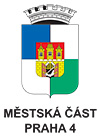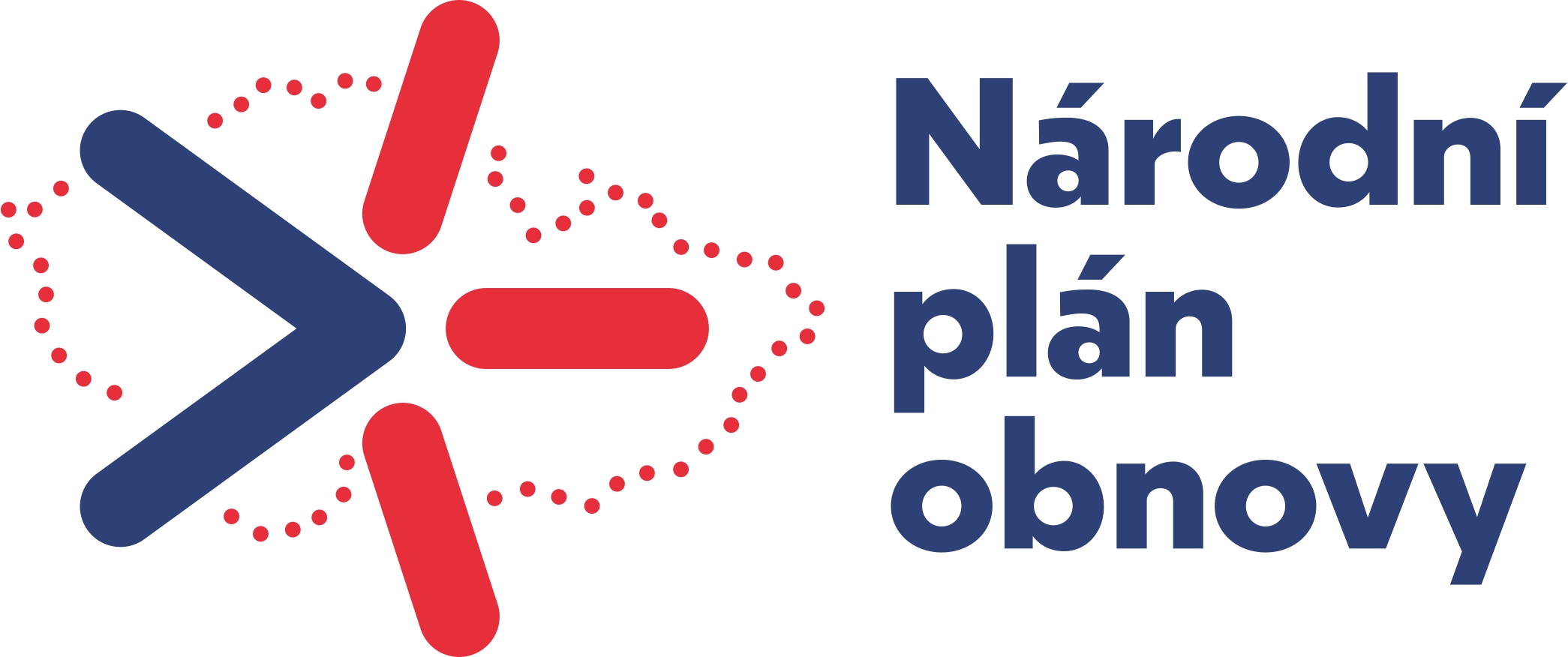Rudolf Komorous
Czech-born Canadian composer of mostly orchestral and chamber works that have been performed very successfully across Europe and North America.
Mr. Komorous studied bassoon (with Karel Pivonka) at the Prague Conservatory of Music from 1946-52, and then studied both bassoon (with Pivonka) and composition with Pavel Borkovec at the Academy of Musical Arts in Prague from 1952-59.
He was first bassoonist in the Prague Opera Orchestra from 1952-59 and 1961-68. In 1957, he won first prize at the Concours International d'Exécution Musicale in Geneva and from 1959-61, he taught bassoon and chamber music at the Central Conservatory in Beijing.
Upon his return to Czechoslovakia, he was co-founder (and bassoonist from 1961-68) of Musica Viva Pragensis, an ensemble that specialized in the performance of new music. Mr. Komorous immigrated to Canada in 1969 and lectured as Macalester College in St. Paul, Minnesota in 1970-71. He then moved to Victoria and began teaching at the University of Victoria in 1971, where he became Professor of Composition and Theory and later became Director of the School of Music. From 1989-94, he served as Director of the School for the Contemporary Arts at Simon Fraser University.
Arraymusic, the Esprit Orchestra, the Manitoba Chamber Orchestra, The Netherlands Radio Orchestra, New Music Concerts, the SWF-Sinfonieorchester, the Toronto Symphony Orchestra, the Vancouver Chamber Choir, the Vancouver New Music Ensemble, the Vancouver Symphony Orchestra, the Victoria Symphony Orchestra, and the Windsor Symphony Orchestra, among others, have performed his works.
In addition, soloists such as pianists Cornelius Cardew, Eve Egoyan and Frederic Rzewski, guitarist Norbert Kraft and baroque flautist Elissa Poole have played his music, which has also been conducted by Michael J. Baker, Ernest Bour, George Corwin, Alex Pauk, Jac van Steen, Simon Streatfeild, and Owen Underhill.
STAGE: Lady Blancarosa (opera, libretto by the composer), soprano, countertenor, actor, 1964-66; No no miya (chamber opera, libretto by the composer, after Zeami Motokiyo), soprano, baritone, speaker, dancer, 4 mixed voices, flute (+ piccolo), alto flute (+ piccolo), bass flute (+ piccolo), bass clarinet, alto saxophone, viola, cello, bass guitar, piano, percussion, 1988
ORCHESTRAL: Bare and Dainty, orchestra (2 English horns, 2 basset horns, 4 bassoons, 6 French horns, 4 trombones, piano, 2 harps, marimba, 2 vibraphones, 6 violas, 6 celli, 6 double basses), 1969-70; Rossi, small orchestra (16 players), 1974, revised 1975; Serenade, strings, 1982 (arrangement and revision of Trio); Sinfony No. 1, ‘Stardust', 1988; Demure Charm, flute obbligato, bassoon, string orchestra, 1990; Sinfony No. 2, ‘Canadian', large orchestra, 1990; Sinfony No. 3, ‘Ex C', string orchestra, 1995; Chamber Concerto, bassoon, orchestra, 1995; Sinfony No. 4, ‘La tireuse de cartes', small orchestra, 1997; Sinfony No. 5, N'The Spiffy Nude', small orchestra (3 flutes, 3 English horns, timpani, 3 violas, 3 double basses), 2001; Sinfony No. 6, N'Verdigris', 2002
CHAMBER MUSIC: Duettino, clarinet, bassoon, 1954; Still Life with Florets, clarinet, bass clarinet, bassoon, 3 violas, suspended cymbal, 1961; The Sweet Queen, bass harmonica, melodica, piano, bass drum, 1962; Olympia, bass harmonica, melodica, flexatone, acolyte bells, sleighbells, ratchet, nightingale, 1964; Mignon, any 4 bowed strings, 1965; Minute Waltz, melodica, cowbell, 1965; Chanson, guitar, viola, clock spiral, 1965; York, flute, oboe/trumpet, bassoon, mandolin, double bass, piano, triangle, 1967; Piccolomini, 4 piccolos, 1967; The Gloomy Grace, flute, oboe, clarinet, bassoon, French horn, trumpet, trombone, violin, viola, cello, piano, cowbell, nightingale, 1968; Untitled 2, trumpet, 1973; Untitled 3, 2 flutes, oboe, bassoon, 2 trumpets, violin, double bass, harpsichord, vibraphone, 1974; Untitled 4, 4 oboes, 2 trumpets, violin, 1974; Untitled 5, flute, French horn, viola, double bass, 1974; Preludes for 13 Early Instruments, 3 recorders, 3 crumhorns, 3 viols, 18-string psaltery, portative organ, harpsichord, handbells, 1974; Untitled 6, viola da gamba, harpsichord, 1976; Midnight Narcissus, alto flute, English horn, cello, piano, triangle, 1977; About Scales, flute, trombone, violin, viola, cello, piano, vibraphone, 1979; Amaryllis, guitar, 1981; Trio, violin, viola, cello, 1981 (also arranged and revised as Serenade); Fumon Manga, flute, oboe, clarinet, French horn, bassoon, 1981, revised 1983; Quartettino (Les amours jaunes), bassoon, violin, viola, cello, 1983; Passacaille, bass flute, harpsichord, 1985; Tango (Seven Autumn Haiku and Three Winter Tanka), tenor recorder, alto flute, bass harmonica, guitar, violin, viola, bass guitar, electric piano, alto melodica, vibraphone, percussion, 1985-86; The Necklace of Clear Understanding, baroque flute, 1986; Nocturne for Winds (The Rainbow of Forgetting), flute, oboe, A-clarinet, bass clarinet, bassoon, contrabassoon, French horn, 1986; Ritratto di Laura Battiferri, 2 violins, 2 violas, 2 celli, 1989; Aokigahara, bass flute, thing-spa, 1989; Dames' Rocket, clarinet, trumpet, double bass, piano, vibraphone, marimba, 1991; Hermione Dreaming, baroque ensemble, 1992 (also arranged for clarinet, violin, viola, cello, piano, 2000); Slow Rant Boogie, flute, oboe, clarinet, violin, cello, double bass, piano, percussion, 1994; Seven Sides of Maxine's Silver Die, piano, ensemble (9 players), 1997-98; Lurid Bride, alto flute, oboe, bass clarinet, violin, cello, double bass, piano, percussion, 1999; The White Shift (String Quartet No. 1), 2000; Like that Drake, flute, clarinet, bass clarinet, electric guitar, violin, viola, cello, piano, accordion, 2000; Aurélia, bass flute, bass clarinet, basset horn, 2 violins, 3 violas, 2 celli, 2 double basses, 2 anvils, 2001; The Atonement (String Quartet No. 2), 2002
CHORAL: An Anna Blume (text by Kurt Schwitters), mixed chorus, 1971 (also version with English text as Eve Blossom has Wheels, mixed chorus, 1971); Vermilion Dust (text by Li Shang-yin [translated by James J.Y. Liu]), baritone, mixed chorus, small orchestra, 1980, revised 1984; Li Ch'ing Chao Madrigals, small mixed chorus, 1985
VOCAL: Twenty-three Poems about Horses (text by Li-Ho [translated by J.D. Frodsham]), speaker, flute, oboe, clarinet, French horn, bassoon, violin, viola, cello, double bass, 1978 (also arranged for speaker, orchestra, 1985); Wang Wei Songs, baritone, piano, 1974-84; Cold Mountain Songs (text by Han Shan [translated by Red Pine]), soprano, cello, 1987
PIANO: Le trille du diable, 1964; Slowfox, 1973; The Chinese Box, 2000
ELECTROACOUSTIC: The Tomb of Malevich, tape, 1965; Gone, tape, 1969; Dingy Yellow, soprano saxophone, piano, tape, 1972; Untitled 1, 2-track tape, 1973; The Grand Chopper, 4-track tape, 1974 (later incorporated into Anatomy of Melancholy); Anatomy of Melancholy, tapes, 1974 (incorporates The Grand Chopper); Listening to the Rain, 2-track tape, 1986
ARRANGEMENTS: Trois Mélodies (Érik Satie), soprano, string quartet, 1986; Genevieve de Brabant (Érik Satie), flute, oboe, bass clarinet, trumpet, violin, cello, double bass, percussion, 1989
(Last updated on June 18, 2002)
Rudolf Komorous Biography Sample Works
RUDOLF KOMOROUS, born December 8,1931 and educated in Prague, Czech Republic, emigrated to Canada in 1969. After teaching for two years at Macalester College in St. Paul, Minnesota, he joined in 1971 the faculty of the School of Music at the University of Victoria, British Columbia, and later became it's Director. From 1989 he served as Director of the School for the Contemporary Arts, Simon Fraser University.
In 1957 he won first prize in the prestigious competition for solo performers, the Concours International d'Execution Musicale in Geneva, Switzerland. This led to a two-year term [1959-61] teaching bassoon in China at Beijing Academy and Central Conservatory of Music. Komorous' involvement with the Czech avant-garde in the 1950s and '60s led to a close association with painters, sculptors and writers. This circle, known as the "Smidra Group", was influenced by Dada and surrealism. Their motto was the "aesthetic of the wonderful" through which common materials could be transformed into something sublime, mysterious or even magical.
In 1961 Komorous co-founded Musica Viva Pragensis, which was regarded as one of Europe's leading new music ensembles during the eight years of its existence.
Komorous has an extensive catalogue of works for orchestra [5 sinfonies], solo instruments, voice and ensembles. He also worked in the electronic music field. His compositions have been featured at music festivals including the Venice Bienalle, Warsaw Autumn, Donaueschingen , and Prague Spring. His two operas were produced in Vancouver, Toronto, Victoria, Buffalo, and New York City. Additional information could be found in a number of music dictionaries: Grove, Rieman, Meyers, Harvard, Baker's, Encyclopedia of Music in Canada, The Canadian Encyclopedia, etc. Komorous' works were published by Universal Edition, Vienna and E.C. Kerby,Toronto. Number of his compositions are available on LPs and CDs. Komorous, now retired, lives in Victoria, British Columbia.
2003











